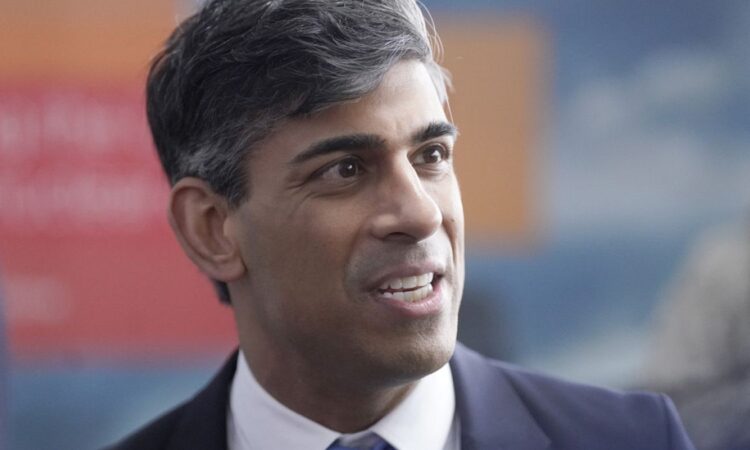
The UK slid into a technical recession at the end of 2023 because of increased inflation and soaring interest rates.
UK Prime Minister Rishi Sunak’s attempts to convince consumers that the country’s economy is recovering are on thin ice.
The UK officially entered a technical recession, defined as two consecutive quarters of negative gross domestic product (GDP) growth, at the end of last year, due to higher inflation, reduced external demand and record interest rates.
The economic slump has prompted swathes of criticism from opposition politicians, notably Shadow Chancellor Rachel Reeves, who said that Sunak “has broken his promise to grow the economy and left Britain in recession with working people paying the price,” according to Yahoo Finance.
“The Conservatives cannot claim that their plan is working or that they have turned the corner on more than 14 years of economic failure,” she said.
Ahead of the general election, the prime minister has been trying to reassure consumers and Tory MPs alike that the economy is recovering, mainly based on private sector activity bouncing back lately.
This technical recession is the first one since the first half of 2020, when the UK economy was still reeling under the shock of the COVID-19 pandemic.
The final estimate for the quarter-on-quarter GDP report for the last quarter of 2023 was released on Thursday, clocking in at -0.3%, according to the Office for National Statistics. This was in line with analyst forecasts, although a step down from the last quarter’s -0.1%.
Falling exports were one of the key reasons for this dampened number, as well as changes in inventory.
Household consumption also fell somewhat by 0.1%, versus -0.9% in the previous quarter. This was largely due to decreased spending on household goods and services, culture and recreation and footwear and clothing.
However, fixed investment increased by 0.9%, stabilising after two quarters of reduction, mainly due to investments in transport and buildings. Government consumption also inched up 0.1% for the third quarter in a row, mainly because of increased defence and public administration spending.
The year-on-year GDP report for Q4 2023 came in at -0.2%, in line with analyst expectations, but down from the last quarter’s 0.2%.
US economy expands more than expected in Q4 2023
Things may appear brighter across the pond.
In the US, the final estimate for the quarter-on-quarter GDP for Q4 2023 clocked in at 3.4%, which was more than analyst expectations of 3.2%, according to the US Bureau of Economic Analysis. However, it was also a sharp reduction from the previous quarter’s 4.9%.
This was mainly due to consumer spending increasing by 3.3%, from 3% in the second estimate. Consumer spending on goods inched up less than the previous estimate, at 3%, down from 3.2%. However, consumer spending on services was revised upwards to 3.4% from 2.8% in the previous estimate.
Non-residential investment also rose to 3.7% from 2.4%, however, residential investment fell to 2.8% from 2.9% in the second estimate. Coming to the full year 2023, the US economy advanced by 2.5% from 1.9% in the previous year.






